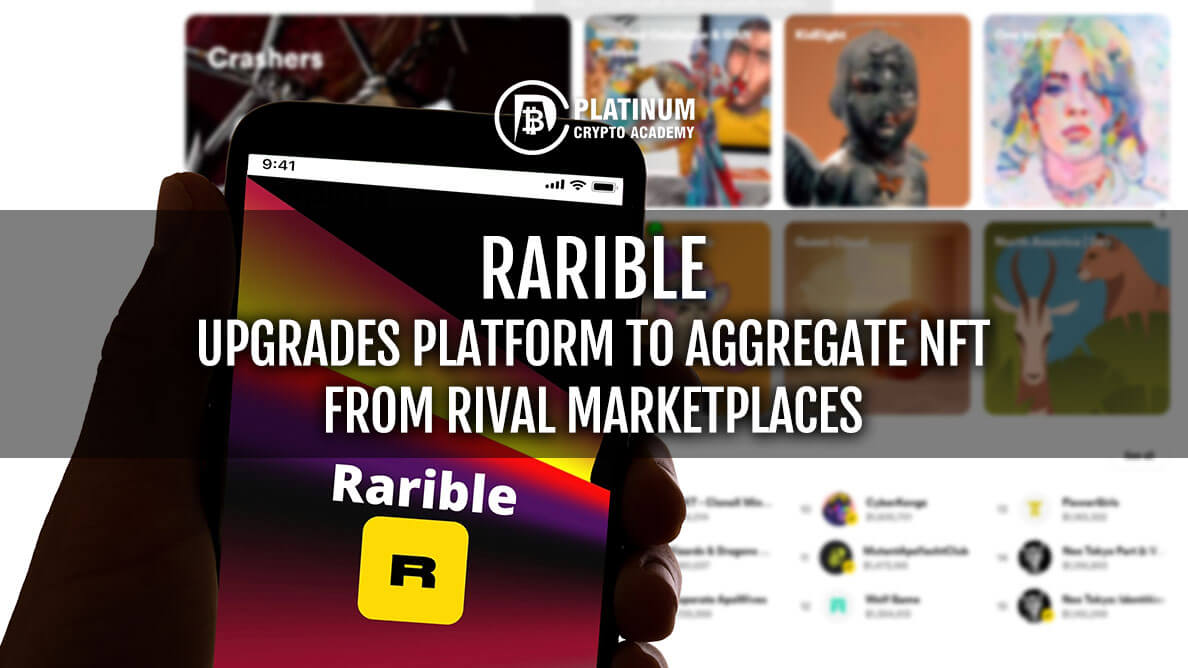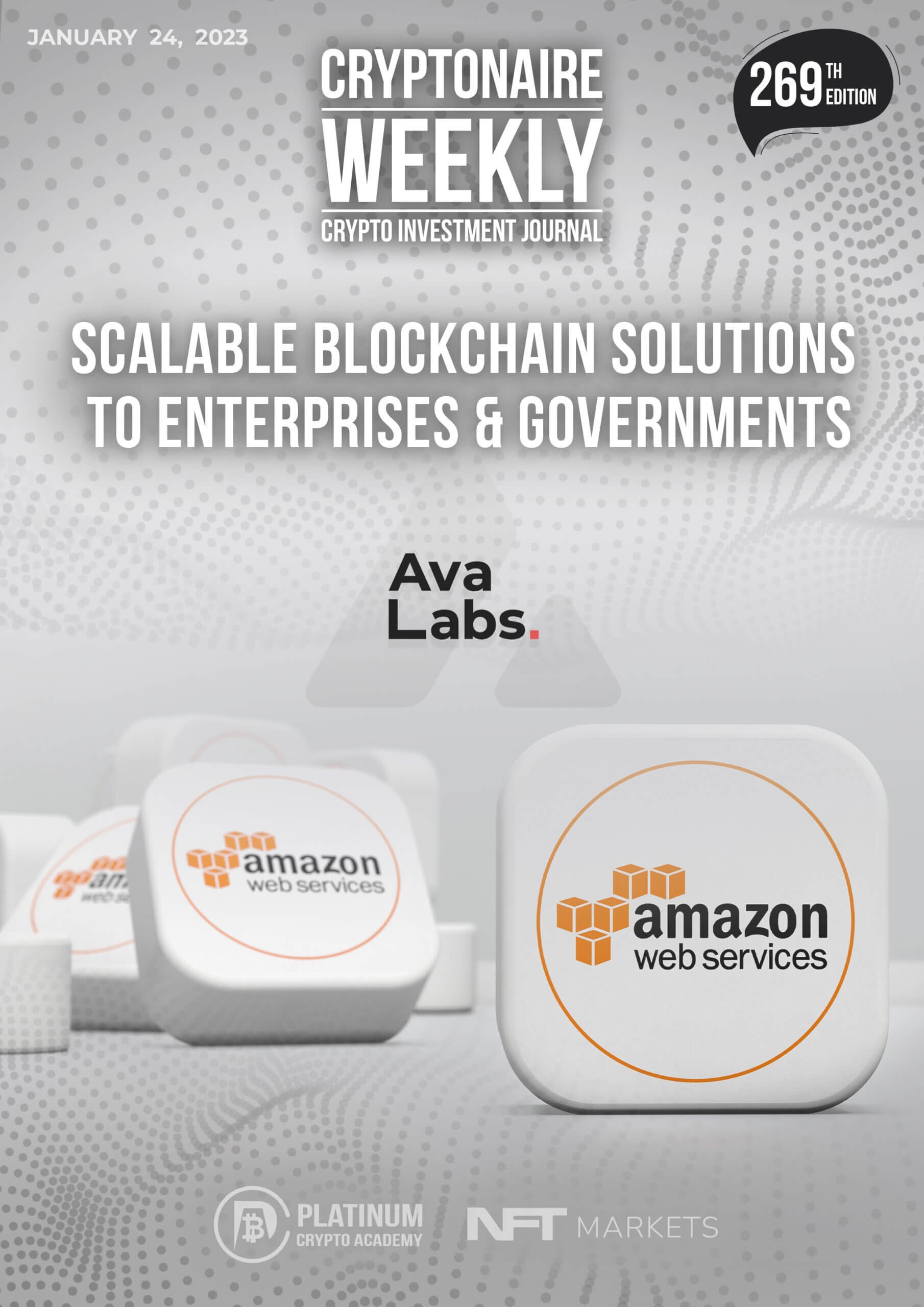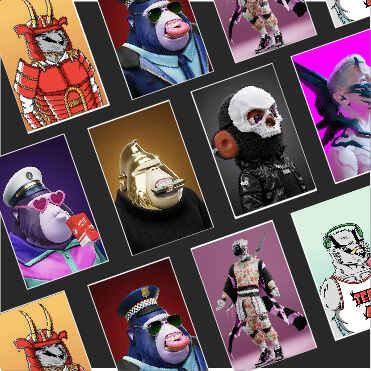Ethereum-based NFT marketplace Rarible has announced an upgrade to its platform, which will allow users to view items from NFT collections, listed on multiple NFT marketplaces, on a single page. The new NFT aggregation tool will showcase NFT from across the Web 3.0 space.
The announcement, made as part of a series of updates, will enable Ethereum-based NFT collections listed on centralized and decentralized NFT marketplaces – including OpenSea, LooksRare, and SudoSwap – to be listed on the website of Rarible according to price. Incidentally, while Rarible hosts NFT minted on various blockchains including TezosXTZ and Solana, the aggregated NFT marketplace is currently available only for Ethereum-based NFT.
Rarible’s idea for aggregation of NFT from other platforms comes largely from the company’s desire to bring more collectibles, users, and ultimately liquidity to its own platform. Rarible is currently the 5th largest NFT marketplace but its monthly user base has been declining since the beginning of the year.
The new aggregation initiative, targeted at short-term traders, has been taken in anticipation that it will help in an increase in returning users. The NFT aggregation approach makes more sense for Rarible than its four larger rivals mainly because Rarible is big enough to pool the marketplaces together but small enough to see a significant benefit from NFT listed on its platform.
Since there will be no additional fees when looking at digital collectibles on the aggregation platform, users are likely to be encouraged to re-list their NFT onto Rarible instead of their previous marketplaces.
The latest development from Rarible comes after a report published by DappRadar, which emphasized on other platforms in the Web 3.0 space such as Uniswap and OpenSea, both of which captured NFT aggregator platform in the previous year.
While OpenSea and Uniswap captured outside aggregators, Rarible worked towards the transformation of its services as an aggregation-based platform. The report stated that this could result in direct competition between the platforms.
Rarible also unveiled a mechanism for users to lock up their RARI, the native token of the marketplace which is similar to that of the native tokens of major crypto currency exchanges. The ability to lock up RAI will enable users to earn rewards and incentives for participation in the ecosystem.
RARI allows users to bypass a 1 per cent minting fee and gives them voting rights and governance access to the RariDAO, its Decentralized Autonomous Organization. RariDAO, incidentally, is also getting an update. Owing to RariDAO, users get to decide on where the ecosystem goes next and they have a say in the future of Rarible.
The company is also introducing a vote-escrowed model, where users who promise not to sell their rewards for a lock-up period will receive extra RARI tokens, effectively granting them more power. The lock-up period can be up to two years and the longer the user locks it up, the more tokens will they receive.
Although the NFT market has largely shifted away from PFPs and into gaming, Rarible’s update is the company’s attempt to grow despite headwinds in the NFT market. The aggregated marketplace brings in liquidity and the rewards provide a gamified experience.



